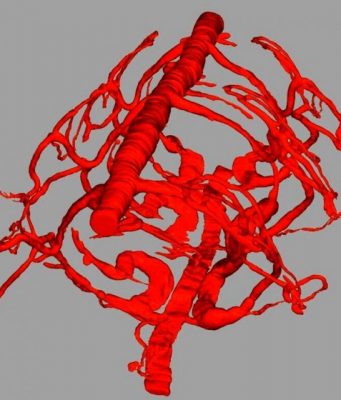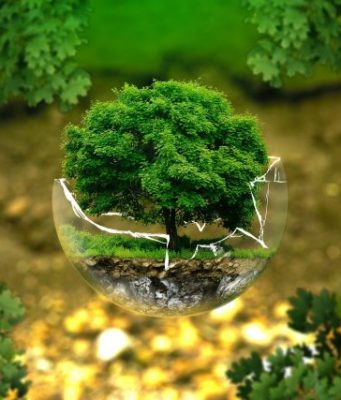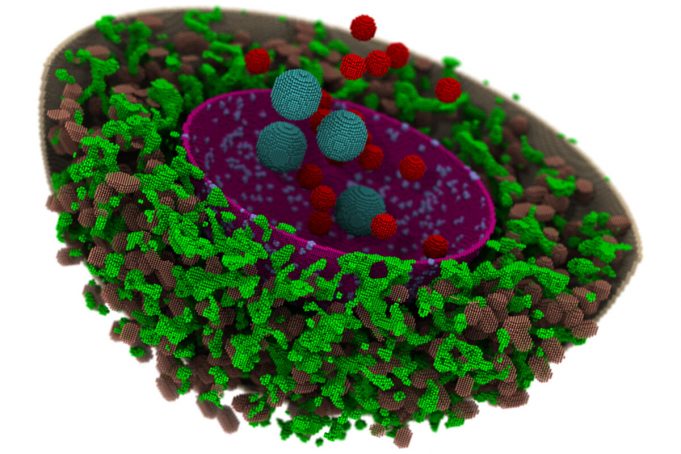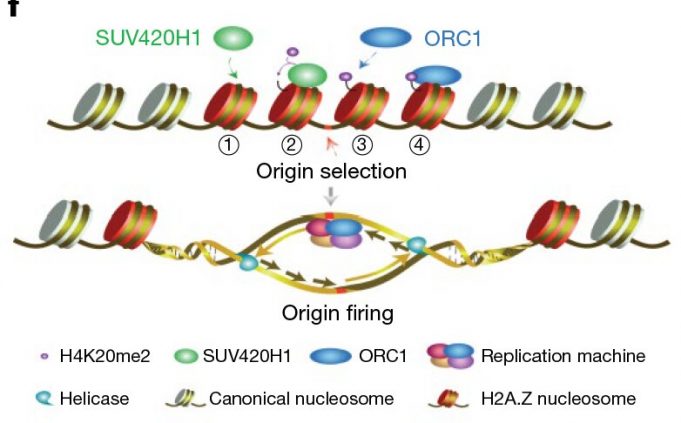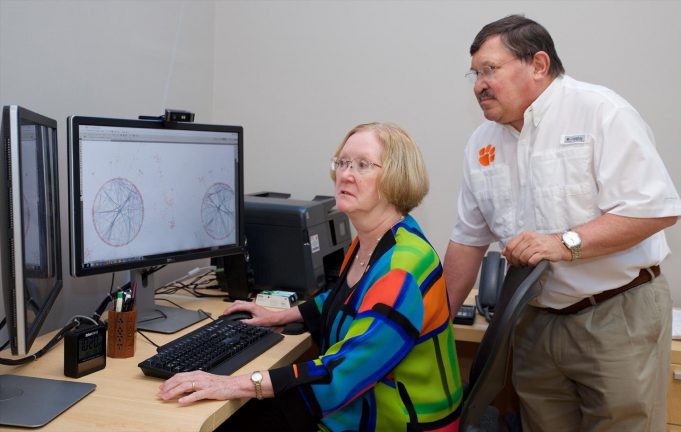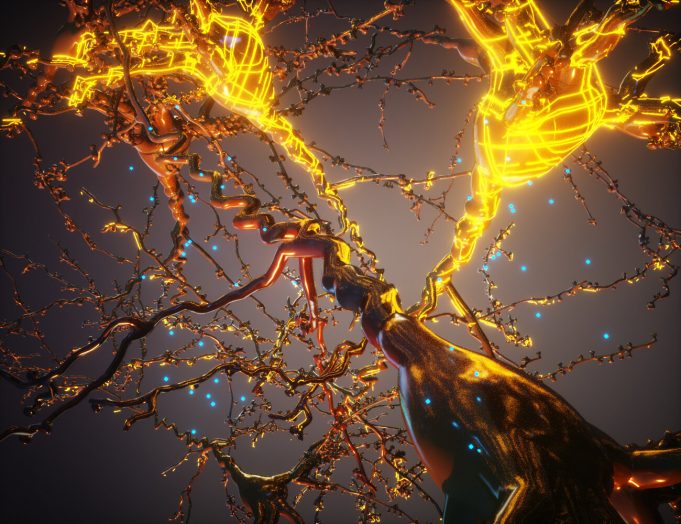Researchers have developed the first computational model of a human cell and simulated its behavior for 15 minutes -- the longest time achieved for a biological system of this complexity. In a new study, simulations reveal the effects of...
Today the Barberton Mountains in northeastern South Africa are covered by rocky grasslands; these hills are made of some of the oldest rocks on Earth (3.2 - 3.5 billion years old). At 3.2 billion years ago a shallow ocean...
DNA replication is a tightly regulated process that ensures the precise duplication of the genome during cell proliferation. Replication origins determine where replication starts on the genome and regulate the whole genome replication program. The human genome contains tens...
Scientists believe about 25 percent of the differences in human life span is determined by genetics—with the rest determined by environmental and lifestyle factors. But they don't yet know all the genes that contribute to a long life.
A study...
A new self-healing fungi concrete, co-developed by researchers at Binghamton University, State University of New York, could help repair cracks in aging concrete permanently, and help save America's crumbling infrastructure.
Congrui Jin, assistant professor of mechanical engineering at Binghamton University,...
Stanford researchers have developed a technique that reprograms cells to use synthetic materials, provided by the scientists, to build artificial structures able to carry out functions inside the body.
"We turned cells into chemical engineers of a sort, that use...
A protein involved in cognition and storing long-term memories looks and acts like a protein from viruses. The protein, called Arc, has properties similar to those that viruses use for infecting host cells, and originated from a chance evolutionary...
The mating songs of katydids, a greener, longer-legged cousin of crickets, have different acoustical characteristics that attract different species of bats.
Credit: Alex Lang
A new eavesdropping study of bats and katydids provides evidence that sensory differences can influence the "evolutionary...
Simulation of 3-D chromosomes structure. Credit: SISSA
A group coordinated by SISSA Trieste has built a 3-D computer model of the human genome. The shape of DNA (and its sequence) affects biological processes and is crucial for understanding its function....
Lichens may be the most easily overlooked life forms in nature. If you spend much time outside, you probably see some every day, although you might not know it—most people are likely to think they're moss. However, lichens aren't...
The collection of avian brains that the scientists analyzed. For each species, the total number of neurons (in millions) in their brains is shown in yellow, the number of neurons (in millions) in their forebrains (pallium) is shown in...


